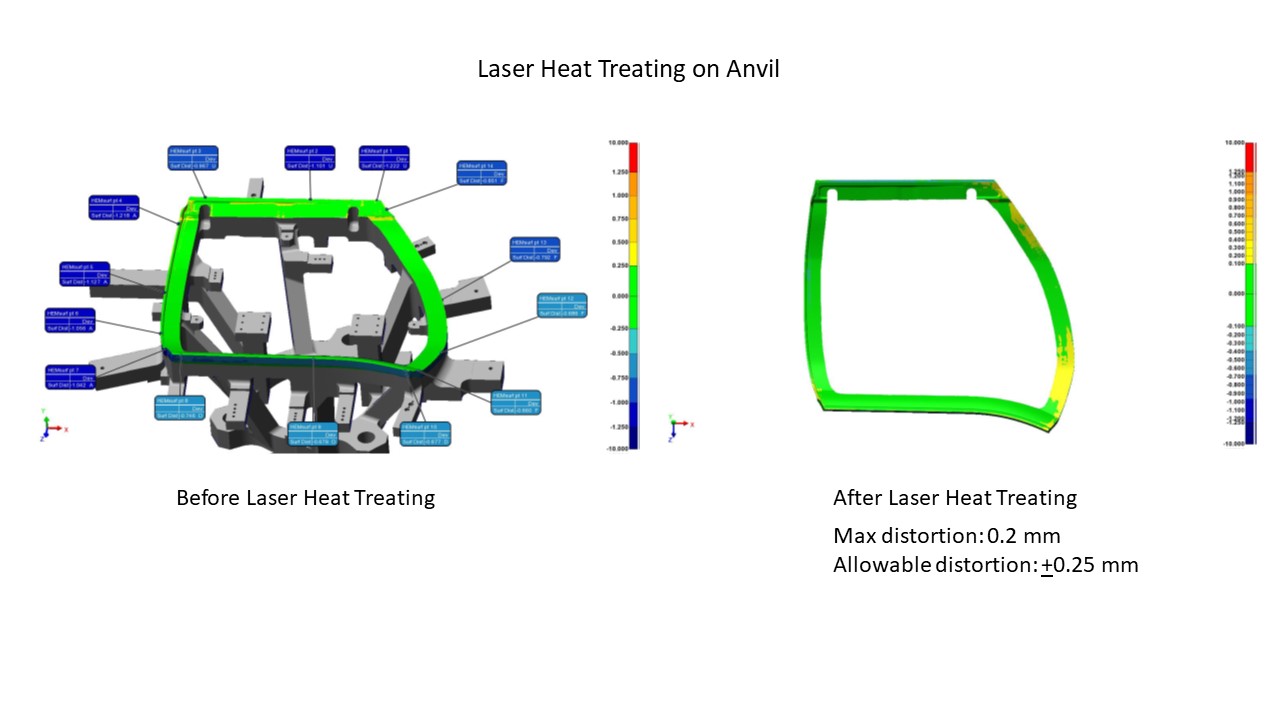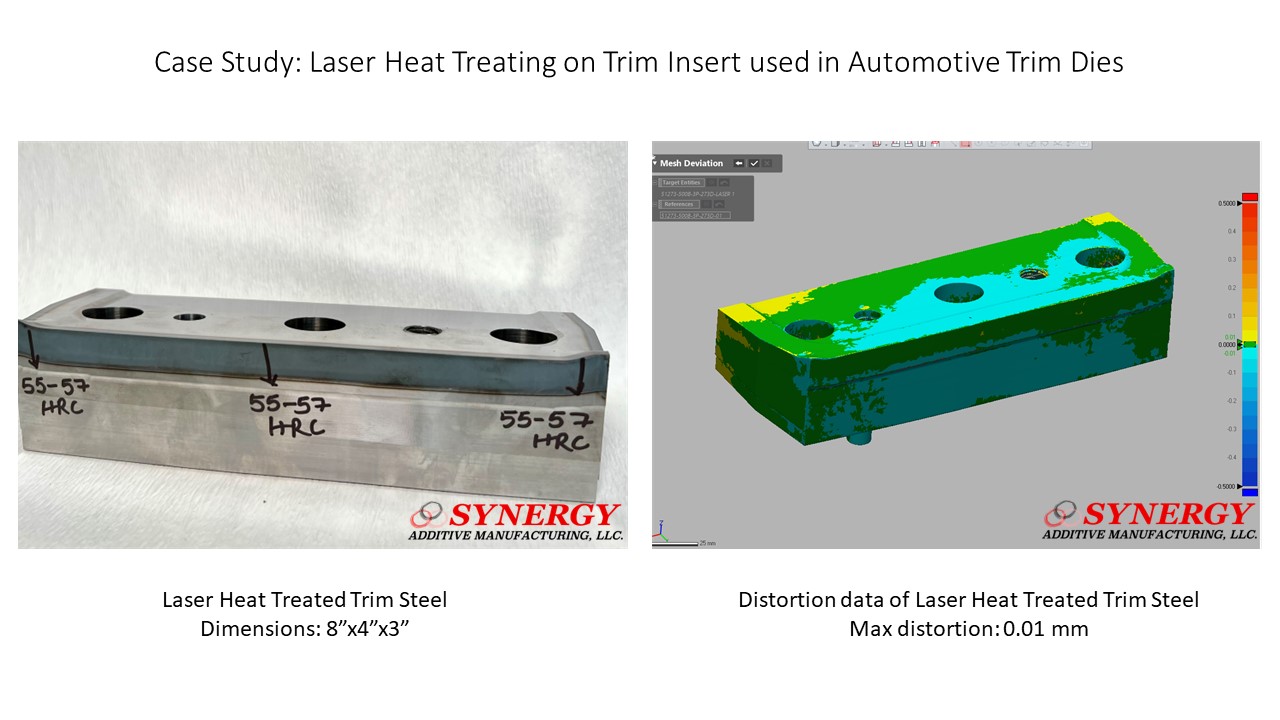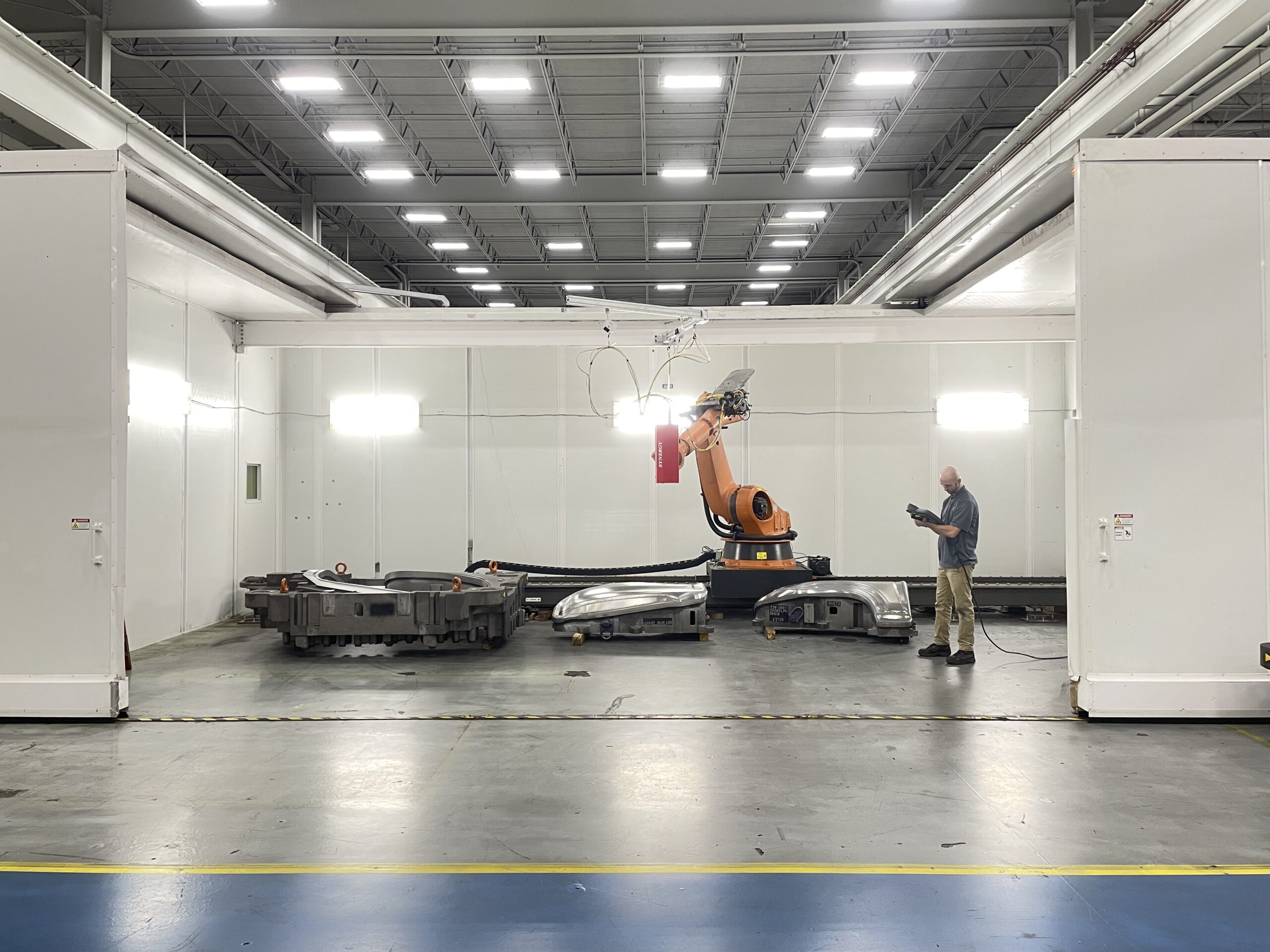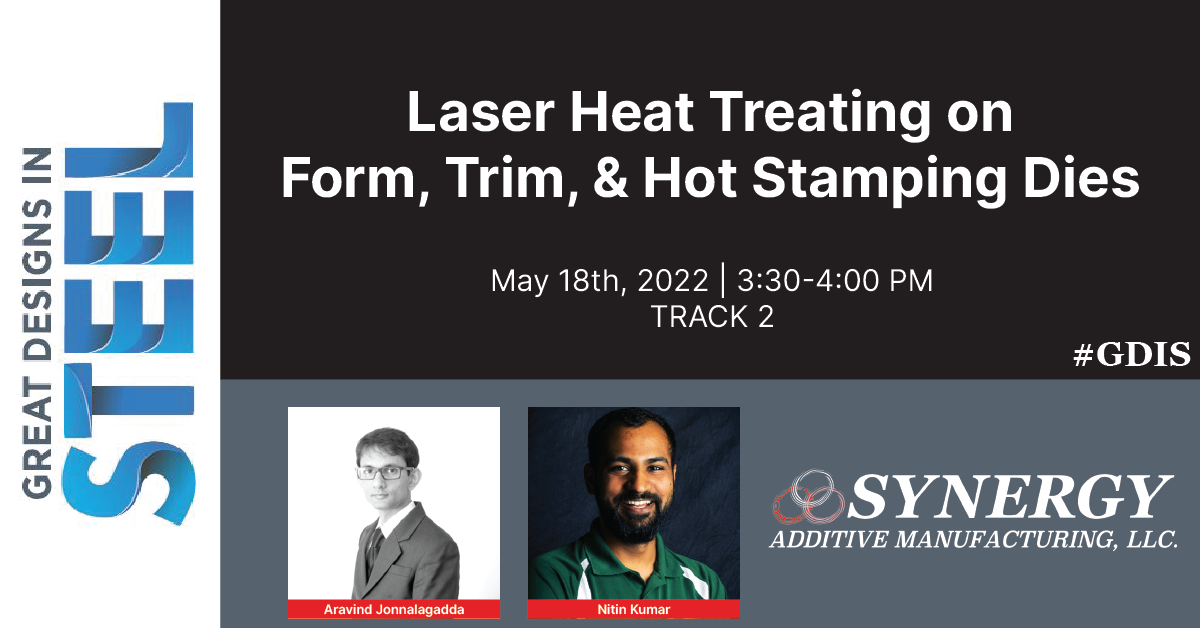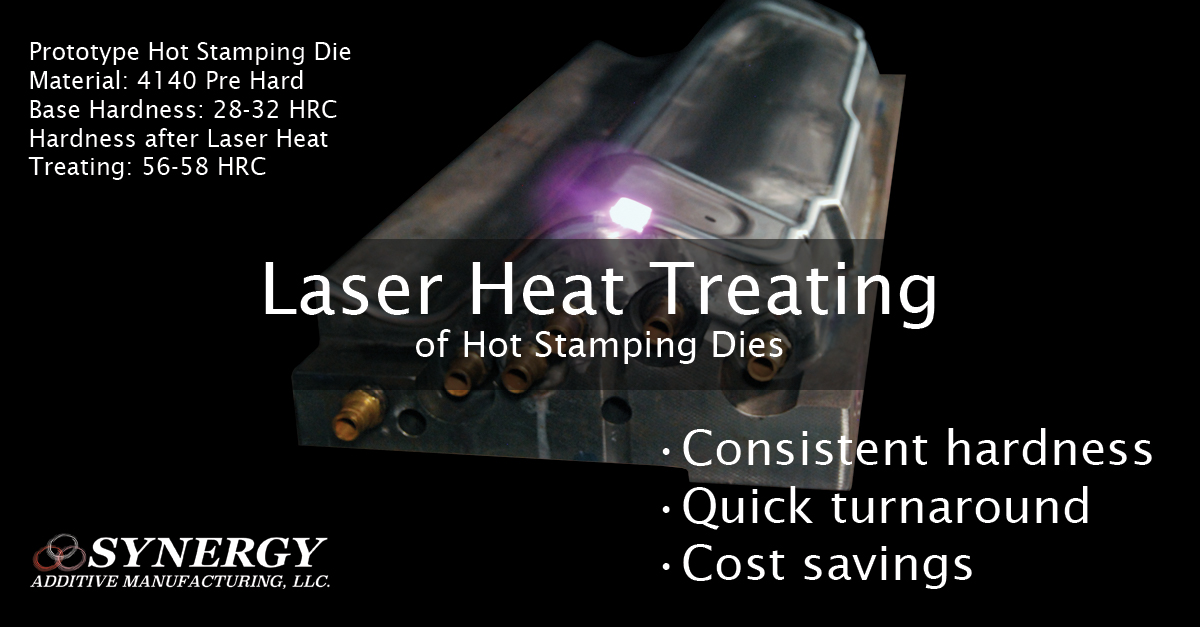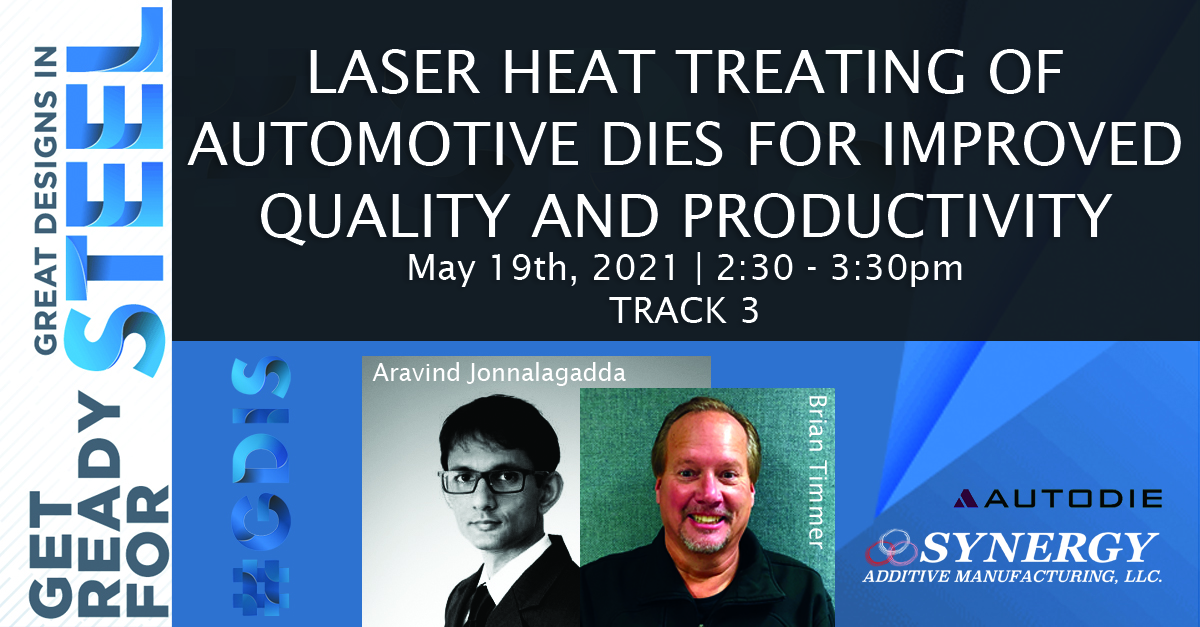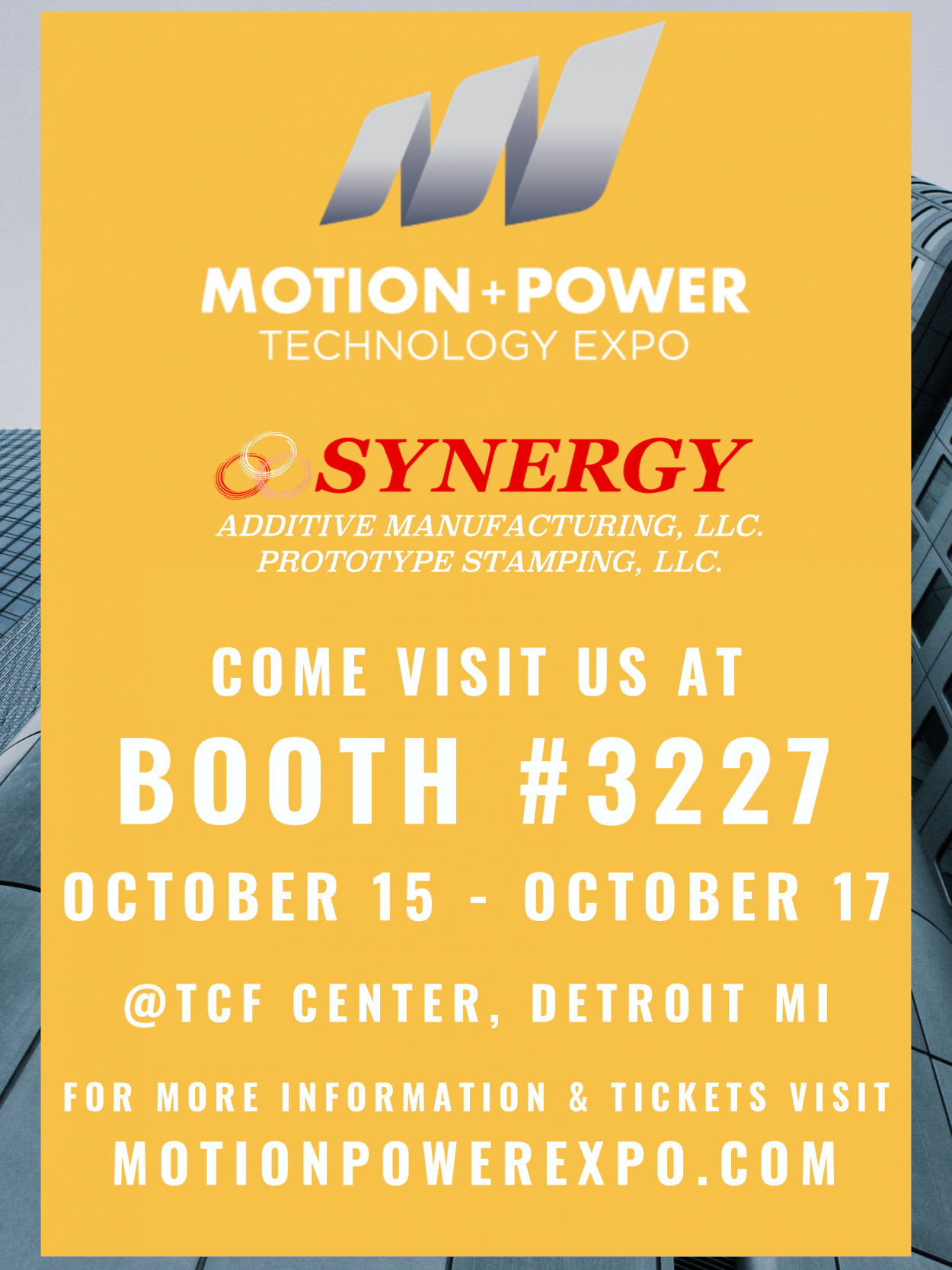Laser Heat Treating on Hem Dies: An Innovative Solution for Automotive Production
The automotive industry is constantly seeking new and improved methods for producing high-quality vehicles. Hemming is a critical operation in the production process and has a significant impact on the overall quality and performance of a vehicle. Hemming involves bending the edge of a sheet metal over itself, and it is performed on various

